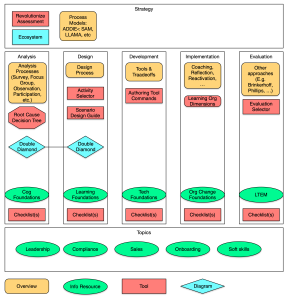Ok, I’ve had my iPhone a bit now, and some things are very useful, some things are cool, some are way fun, and some things are still irritating. Note that most of the apps I download are free; I’m cheap and there are great free apps (and games). I regularly go off to the iTunes store and check out what’s new (particularly the top free apps list).
Let’s get the negative stuff out of the way quickly. Naturally, my pet peeves haven’t changed (because they haven’t fixed them, ahem): no cut/copy/paste drives me nuts. For example, I put an address in my calendar, and then can’t cut and paste it into Google Maps to look it up when I’m on the go. It’s there, but I can’t just carry it across!?! Frustrating. Similar with notes and todos. As I’ve mentioned, if I promise something and it doesn’t get into my phone, we never had the conversation. However, that’s much harder to do on the iPhone, because I have to email a message to myself! Frustrating. Similarly with memos. There already have been times I wanted to put things into a memo to take with me (e.g. a meeting agenda), and I can’t. Sure, I could use EverNote, but then I’d have to have connectivity, and thanks to ATT’s coverage and hotel policies on wireless, that’s not always the case.
OK, the useful: Google Maps, Yelp, and now UrbanSpoon (finally covers Walnut Creek, my corporate headquarters) are very useful when I’m out and about and need to find some location, or a restaurant, or store, or… I use them quite a lot, actually. UrbanSpoon’s interface method of choosing at random is fun enought that it’s almost a ‘cool’. Weather has been useful when travelling, as is Clock (not least for timing my tea :). Also, I’m all over references. I use the Wikipanion and the Google App. Occasionally, the various unit converters, calculators, and the like are handy. I expect to use the translator on occasion as well. Hey, that’s why we have digital devices, to offload those things our brain’s aren’t great at, like remembering arbitrary data, and leave us to do the strategic and pattern-matching stuff. The camera’s handy as well. I haven’t used the voice recorder, though I’m ready. And a secure password storage app, SplashID. And I got a first-aid reference, a Bart schedule, even the constitution (relevant in several ways).
The fun are the games I’m playing. I used to play a lot of Risk in college, and then Lux on the computer. Now there’s a somewhat abbreviated version of Lux on the iPhone. That, along with Solitaire and Mahjonng are fun. And of course, the LightSaber app. Great for entertaining the kids when we’ve got to wait. I play games for research reasons, er yeah, that’s it…. Oh, and books. I’ve read a couple including James Fenimore Cooper’s “Pathfinder”, Edgar Rice Burrough’s “Tarzan” (I read as a kid, was re-reading to see if my lad’s ready), and Rudyard Kipling’s “Jungle Book” (hadn’t ever read, amazingly). Lots of free classics available and worth reading.
Finally, the cool. I just got Google Earth, and that’s way cool. Just amazing to have it running in the palm of your hand! Went over and looked at our old house in Australia; they’ve put a tree in the front yard, it appears. Twittelator lets me tweet and keep up with others’. I have LinkedIn and FaceBook, though I haven’t used them much. Midomi will let me hear a song, capture 10 seconds of it, and tell me what it is. Amazing.
By the way, many of these were available on the Palm, and some version of the above may be available on Windows Mobile, RIM’s Blackberry, or forthcoming on Android. Anyway, it’s about extending your brain, and these apps do it in various ways. So, what are you finding useful, and what am I missing?


